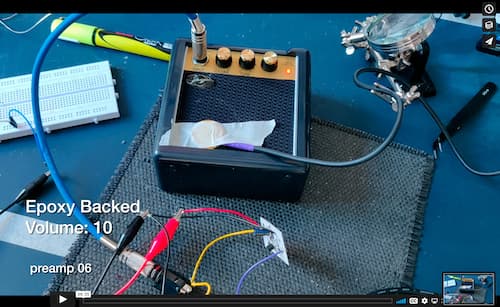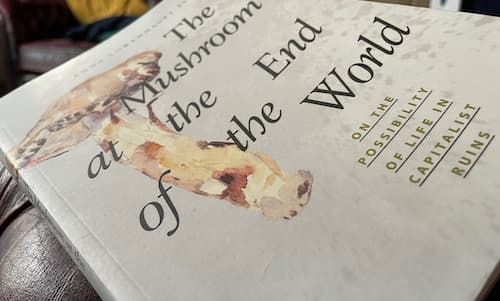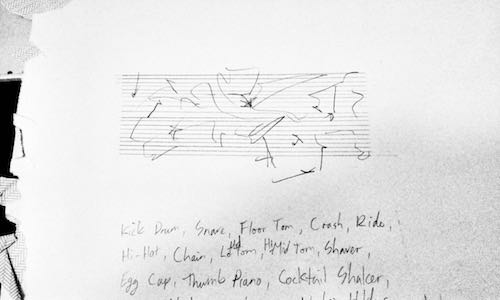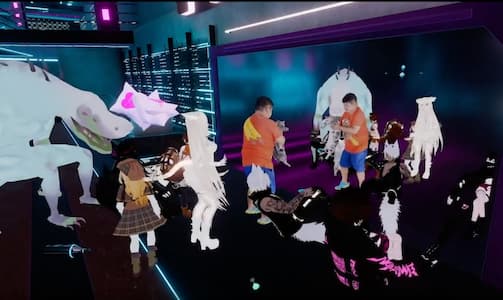Here, I wanted to catalogue some of the ways my current feedback circuits are broken, and how I’m still using them anyway.
I recently finished Anna Tsing’s ‘The Mushroom at the End of the World’, and a few months ago also read ‘Arts of Living on a Damaged Planet’ (eds. Tsing with Heather Swanson, Elaine Gan, and Nils Bubandt). Part of the core concept is accounting for strategies of survival amongst environmental ruin. Key is noticing, valuing, and working with multi-species entanglements.
Whilst many of the essays deal with collaborative relationships between living organisms—between creatures, critters, bacteria, plants, and fungi—Ursula Le Guin opens things up to other forms and forces of life, to objects.
In this view, we humans appear as particularly lively, intense, aware nodes of relation in an infinite network of connections, simple or complicated, direct or hidden, strong or delicate, temporary or very long-lasting. A web of connections, infinite but locally fragile, with and among everything—all beings—including what we generally class as things, objects.
(missing reference)
Le Guin frames all of this within belonging to the world. Despite recycling, sustainable technologies, and hi-tec solutions, ‘here, in the midst of our orgy of being lords of creation, texting as we drive, it’s hard to put down the smartphone and stop looking for the next technofix. […] To use the world well […] we need to relearn our being in it.’ (missing reference)
So, what does this have to do with my broken equipment?
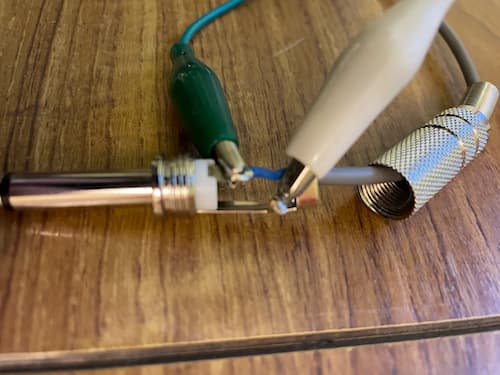
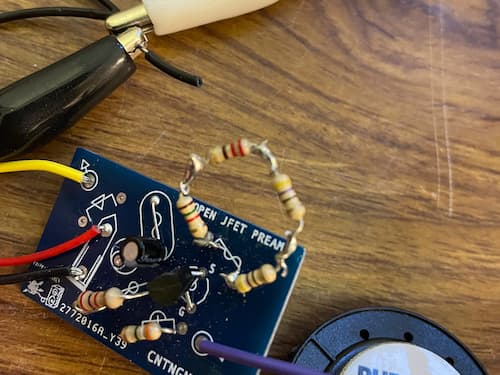
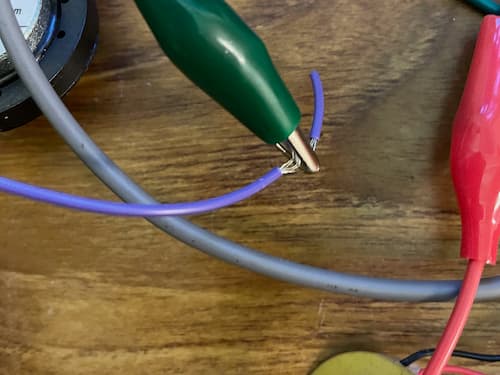
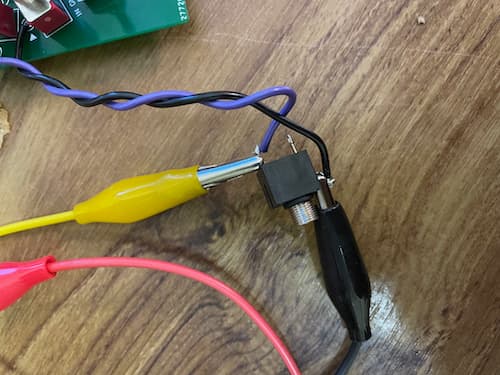
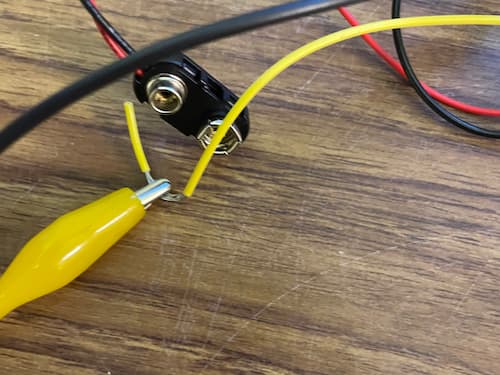
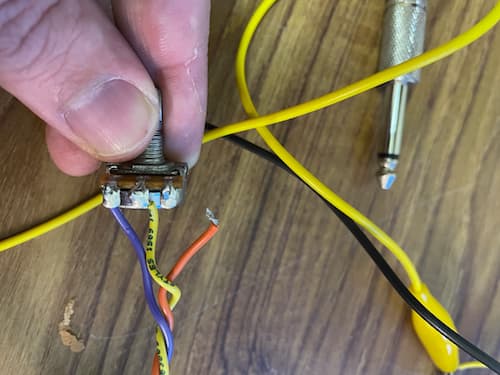
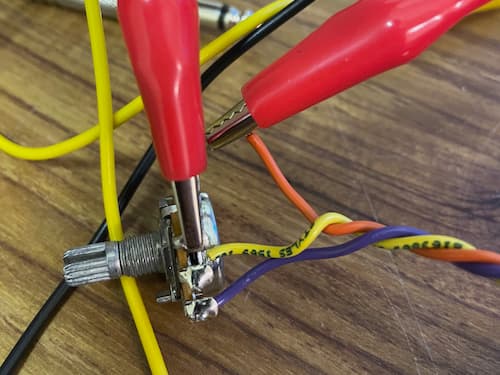
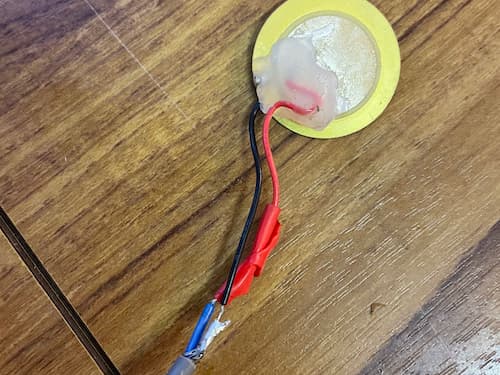
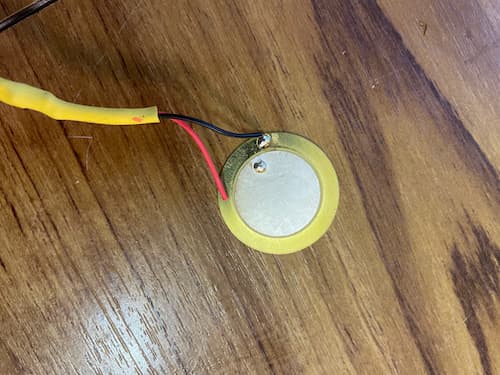
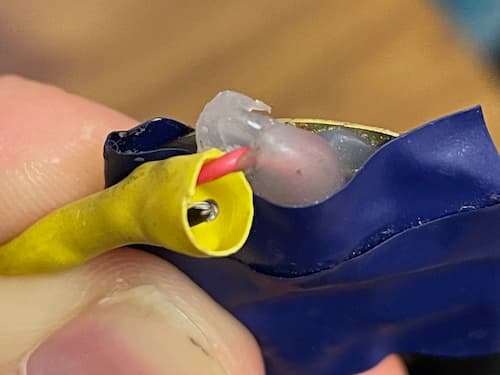
Firstly, it is a simple juxtaposition. I have spoken before about how my circuits, materials, and objects are lively collaborators1. In Le Guin’s view, above, make-do-and-mend isn’t a solution to environmental ruin in and of itself, it also requires this relearning of belonging to the world. My own make-do-and-mend, my own patching circuits and temporary fixes, isn’t enough, by itself, either. But, by placing my broken circuits within the context of lively entanglements with non-human collaborators, it hopefully points towards similar commitments to Le Guin; to the arts of living, and surviving, on a damaged planet.
Secondly, describing matsutake mushroom hunting by feel, Anna Tsing describes the lack of clear progress, of not finding anything. ‘Getting by without progress requires a good deal of feeling around with our hands. […] Muddling through with others is always in the middle of things; it does not properly conclude.’ (missing reference) This comes at the end of a book about noticing collaborative multi-species entanglements within the context of capitalist ruins.
It is in this sense that whatever we do, for the foreseeable future at least, it is always against a backdrop of ruin. Things will always be breaking, ecosystems will always be fragile, we will always be trying to fix the mess we’ve made. It is within this that everything is always temporary, remedial, and unfinished. My practice, feels very much in tune with muddling through in the muck. I’m rummaging around in a tangle of broken wires, in the mess I’ve made, in the middle of relationships with materials and objects, trying to find common ground for a musical ecosystem to flourish.
Finally, returning to Le Guin, ‘relationship among all things appears to be complex and reciprocal—always at least two-way, back and forth.’ (missing reference) I’m working with these broken circuits, for a time at least, and learning what they need. Where they still work despite a temporary fix, where a minor tweak, or simply a slight change in operation might prove fruitful. I see working with broken circuits as part of listening to and learning from them, relearning being in the world.
The three themes I’ve extracted above are probably all rather similar. They’re nuances, or modalities, of the same thing. Broken circuits are a symptom of trying not to come in with hard fixes, with technological dominance, but listening, observing, and making minor patches to see what still grows. I will fix things. I will redesign, re-solder, refine, improve, try and make progress. I’m happy to take my time though, lest I make a bigger mess.
References
Notes
-
See, for example, my talk as part of the Vibrant Practices Symposium and my thoughts on ‘The Mushroom at the End of the World’. ↩

